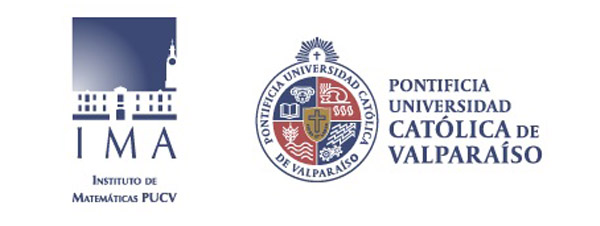Topic 1 – The mathematical work and Mathematical working spaces
The purpose of Topic 1 is, on one hand, to delve deeper into the theoretical and methodological model defined by Mathematical Working Spaces (MWS) and on the other hand, to reach a better understanding of how this model enables one to describe and analyze mathematical work. The contributions may be based on specific case studies, for instance by completing the previous studies devoted to geometry, analysis or probabilities, or by submitting studies that pertain to ‘unexplored’ fields such as Algebra, Kinematics, Combinatorics... They may also propose reflections about ‘transversal’ themes, such as proof and proving, modelling, empirical exploration/ experimentation in mathematics, etc.
In these contributions, several aspects of the model may thus be deepened :
− The issue of the mutual dependence between the three geneses ― semiotic, instrumental, discursive ― requires knowing how to describe each of the three and to account for their interweaving, especially by calling upon the vertical planes [Sem-Ins], [Sem-Dis], [Ins-Dis].
− These vertical planes allow one to account for the circulation inside the model with, according to Kuzniak et al. (2016), a wide and open interpretation of the planes and of the upward and downward movements specifying some features of the geneses; but one may also consider resorting to diagonal movements in the model.
− In this sense, the notion of (internal) ‘fibration’ has been proposed to better comprehend the circulation inside the MWS and more precisely, the changes prompted by the activation of the geneses and the movements into or between the vertical planes; but this notion of fibration has still to be made more precise.
− The word (external) ‘fibration’ has also been brought forward to account for the articulation between different MWSs, when the tasks involve several mathematical fields or subfields, or when a change of fields occurs in the course of the mathematical work.
− The issue of paradigms; some recent studies identified, respectively in Analysis and in Probability, paradigms that are analogous to the now classical GI-GII-GII in Geometry. While in Kuhn’s writings, paradigms frame the work of a scientific community made up of experts and students, paradigms that are referred to in MWSs are more related to educational contexts, although not strictly limited to them. In such contexts distinct paradigms do not necessarily conflict, and their articulation is important regarding the mathematical work. Is it possible to better specify the relative place of fields and subfields, of theories and of paradigms ? For instance, how to interpret, with respect to the model and the mathematical work, standard and non-standard Analyses, Euclidean and Non-Euclidean Geometries, synthetic and analytical (in coordinates) Geometries, descriptive and inferential Statistics, etc?
The previous symposia arouse interest about shedding light on studies based on the MWS model by means of bringing in other theoretical approaches: APOS, activity theory, MTSK model, etc. Any contribution featuring this methodological aspect will be welcome.
Please consult the Syntheses of Topic 1 in the Proceedings of MWS 3, MWS 4 and MWS 5, and also the introduction in the Special issue Mathematical working spaces in schooling, ZDM Mathematics Education, 48 (6), October 2016.

